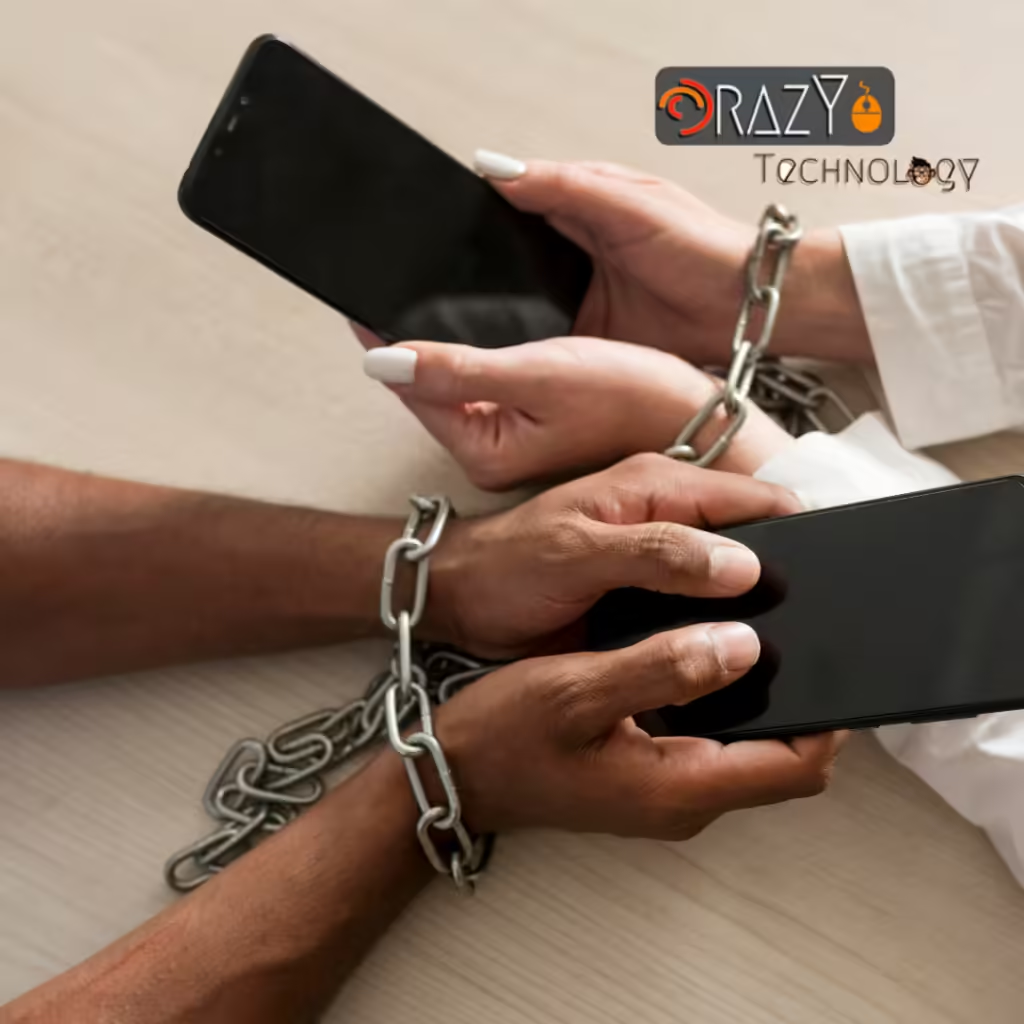“Digital arrest” is a term used to describe a legal action or technical measure that limits a person’s internet access or digital services. This can happen for various reasons, such as illegal online behavior, cybercrime, or breaking the rules of online platforms. The restrictions can range from blocking specific websites to suspending accounts or even disabling devices altogether.

Here are a few scenarios where digital arrest might be implemented:
Cybercrime and Legal Action: When someone engages in online crimes like hacking or online harassment, authorities might restrict their access to certain websites or internet services as part of a legal investigation.
Account Restrictions: Social media platforms and other digital services can suspend or terminate accounts that violate their terms of service. This can be seen as a form of digital arrest, limiting the user’s online presence.
Parental and Institutional Control: Parents or schools might use tools to limit screen time or restrict access to certain apps or websites on devices. This can be considered a form of digital control.
Governmental Restrictions: Governments might impose digital restrictions on certain regions or during specific events to maintain security or control information flow. This can involve blocking websites or limiting internet access.
“Digital arrest” is a flexible term, but in general, it refers to the act of imposing digital restrictions to limit or control an individual’s or group’s access to online resources or capabilities.
What is Digital Arrest?
Digital Arrest can manifest in several ways:
1.Account Suspension or Banning: Platforms like social media networks, streaming services, or online gaming sites may suspend or ban accounts due to rule violations, hate speech, or suspicious activities.
2. Geo-restrictions and Blackouts: Governments may enforce geo-restrictions, such as blocking access to certain websites or digital resources within a specific region. This can include censorship of media and restrictions on information.
3. Digital Surveillance and Tracking: Authorities might monitor and track online activity, especially in regions where internet freedom is limited. Certain actions, searches, or online behavior may raise alerts and result in further digital restrictions.
4.Device and App Restrictions: In institutions or workplaces, administrators may apply digital arrest mechanisms to limit access to specific apps, websites,malware or even certain device functionalities.

How to Protect Yourself from Digital Arrest
1. Stay Informed and Compliant with Platform Policies: Understand the terms and conditions of any digital platform or service you use. Follow guidelines to avoid inadvertent policy violations that could result in account restrictions or bans.
2. Use VPNs for Privacy: In regions with heavy digital restrictions or monitoring, using a reputable Virtual Private Network (VPN) can help protect your online activity by masking your IP address and encrypting your data.
3. Regularly Update Privacy Settings: For social media and digital accounts, ensure your privacy settings are configured to limit who can see your content and interact with you. This can reduce the likelihood of unwanted attention or security flags.
4. Secure Your Devices and Accounts: Enable two-factor authentication (2FA), use strong passwords, and stay vigilant against phishing attempts. These measures reduce the risk of being implicated in suspicious online activities.














Comments 2